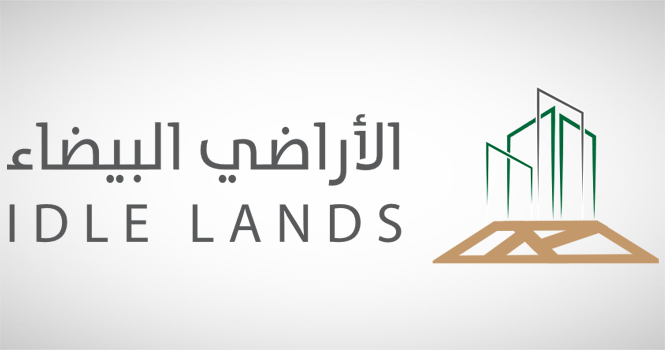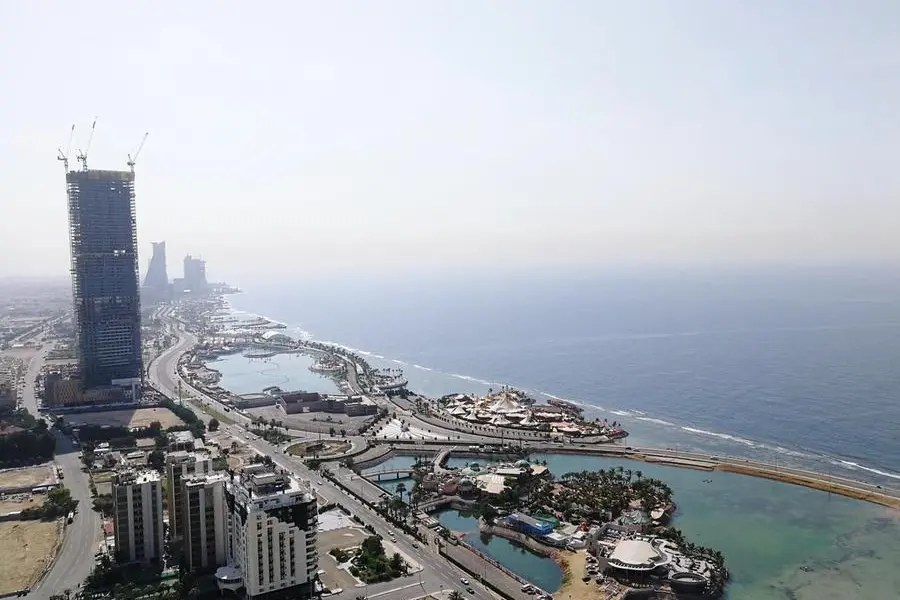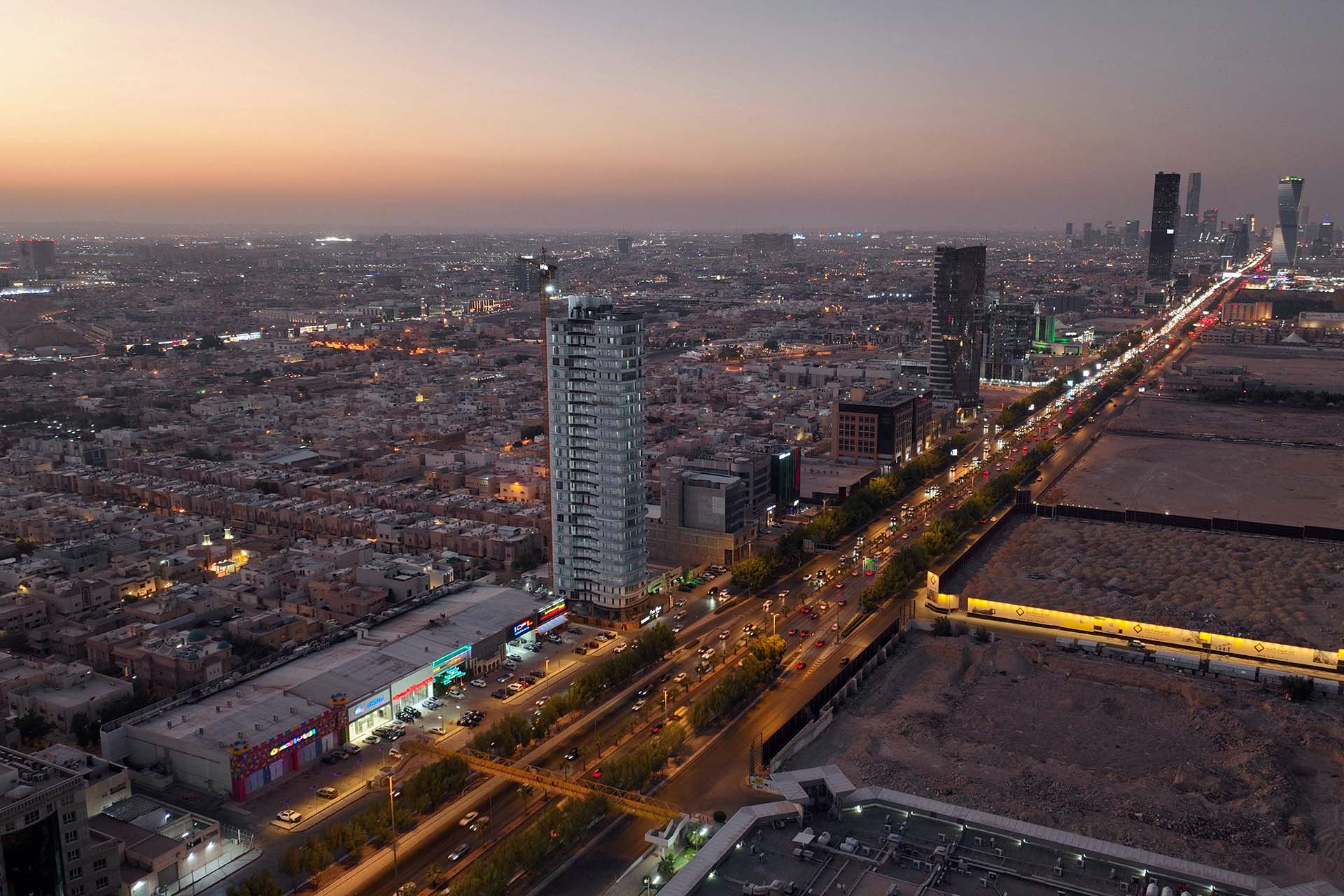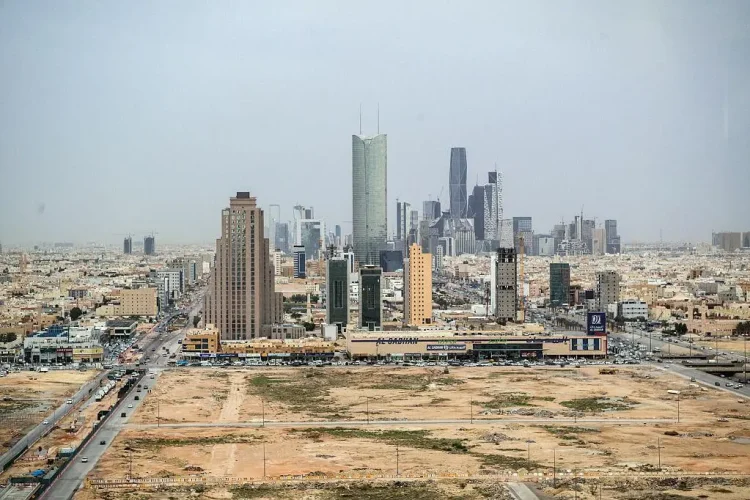Contents
- 1 What is the White Land Tax?
- 2 Why Saudi Arabia Introduced the White Land Tax
- 3 How the White Land Tax Works
- 4 The Bigger Picture: Taxes in Saudi Arabia
- 5 Implications for Landowners and Developers
- 6 Impact on the Real Estate Market
- 7 The Cultural and Economic Meaning
- 8 Links to Broader Reform
- 9 Preparing for Compliance
- 10 Looking Forward
- 11 Frequently Asked Questions
- 12 Sources
There’s a particular kind of silence that exists in empty land. A pause between what was and what could be. In Saudi Arabia, this silence has become taxable. The White Land Tax isn’t just a financial policy; it’s a quiet, deliberate revolution reshaping how cities grow, how land is valued, and how people think about property. In 2025, this tax law evolved—its reach widened, its rates increased, and its meaning deepened. However, to understand why this happened, we need to consider it within the broader context of Taxes in Saudi Arabia, the rhythm of the economy, and the state’s vision for the future.
What is the White Land Tax?
The White Land Tax was introduced in 2015 as part of Saudi Arabia’s plan to tackle one of its most persistent problems: unused land within cities. It was a 2.5% annual levy on undeveloped plots located in urban zones—land that was often bought and held in speculation, waiting for prices to rise. In 2025, this system was redefined.
The government announced amendments that increased the tax rate to as much as 10% and broadened its scope to include not only undeveloped land but also vacant properties. This marks a significant turning point in Tax in Saudi Arabia—a shift from taxing transactions to taxing stagnation. Under the new framework, the White Land and Vacant Real Estate Tax Law covers two main categories:
- White Land: undeveloped land within serviced urban areas.
- Vacant Real Estate: developed properties that remain unused without justification.
The principle is simple: land should serve people, not just profits. 
Why Saudi Arabia Introduced the White Land Tax
The Saudi Tax system, once known for its simplicity and limited scope, is evolving to support broader social and economic goals. The White Land Tax isn’t merely about revenue—it’s about rebalancing.
Core Objectives
- To increase the supply of developable land, especially in cities like Riyadh and Jeddah, where demand for housing is intense.
- To discourage land speculation, ensure that property is used rather than hoarded.
- To encourage sustainable urban development, aligning with Vision 2030’s housing and growth targets.
- To activate idle assets, pushing them into the real economy rather than leaving them as dormant investments.
Essentially, the tax turns the concept of ownership into an active responsibility. If you hold land, you either develop it or contribute to society through taxation.
How the White Land Tax Works
The updated regulations define which plots or properties fall under the law and specify the amount payable.
Eligibility
- Applies to plots of 5,000 square meters or more within urban boundaries.
- Includes both individual parcels and aggregated holdings across multiple plots.
- The land or property must be ready for service connection (roads, water, electricity, sewage).
- Applies to undeveloped or vacant properties within designated city zones.
Tax Rates
The new tax rates vary depending on zone classification and land type:
- White Land: up to 10% of the land’s market value.
- Vacant Real Estate: up to 5% of the estimated rental value, adjustable to 10% by ministerial decision.
- In cities like Riyadh, new zoning systems apply different rates by priority level.
These zones are being introduced gradually, ensuring the tax aligns with development potential.
Exemptions
Owners may be exempt or temporarily suspended from payment if:
- Legal or regulatory barriers prevent development.
- Infrastructure is incomplete or unavailable.
- Development plans are submitted and actively progressing.
This makes the system both assertive and flexible—a balance between economic stimulation and fairness. 
The Bigger Picture: Taxes in Saudi Arabia
To understand where the White Land Tax fits, it is helpful to examine the Types of Taxes in Saudi Arabia. Unlike many countries, Saudi Arabia does not have a general personal income tax for individuals. Instead, its tax system relies on a mix of other mechanisms:
- Income Tax Saudi Arabia: applies mainly to foreign companies or non-GCC investors.
- Zakat: a wealth-based obligation applied to Saudi and GCC nationals.
- Value Added Tax (VAT) is charged at 15% on goods and services.
- Real Estate Transaction Tax (RETT): applied when property changes ownership, typically at 4%
- Excise Taxes: on specific products like tobacco or sugary drinks.
- White Land Tax: a targeted levy on undeveloped or vacant land, encouraging land activation.
This makes the White Land Tax one of the most distinctive aspects of Tax in Saudi Arabia. It transforms real estate from a passive store of value into a dynamic asset that contributes to national development.
Implications for Landowners and Developers
The amendments mean landowners can no longer treat their property as a long-term speculative investment without incurring costs. The White Land Tax increases the financial pressure to build, sell, or lease. For developers, this shift could open up new opportunities, including more available land, faster permit approvals, and greater motivation to bring projects to market. For individual landowners, however, a strategy is required. Many will now need to reconsider portfolio size, location, and timing. Those holding multiple plots across urban boundaries could find themselves above the taxable threshold even if each plot is small. This creates a new rhythm of land use—one driven by action rather than anticipation.
Impact on the Real Estate Market
The tax has started to ripple across the property landscape. In Riyadh, landowners are already moving to develop or sell previously idle plots. This, in turn, increases housing availability and stabilizes prices for both renters and buyers. The policy complements other reforms shaping Saudi Arabia’s housing ecosystem. To gain a comprehensive understanding, it’s worthwhile to examine the government’s approach to rent control decisions and the broader cost of living in the Kingdom. As these interconnected reforms mature, Saudi Arabia’s cities are becoming more livable, organized, and sustainable.
The Cultural and Economic Meaning
What’s striking about this tax isn’t only its economic logic—it’s its philosophical weight. The White Land Tax redefines what it means to own something. Land ownership, once a symbol of wealth and power, now carries an implicit question: What are you doing with it? The tax transforms passive wealth into active responsibility. In a country where vast tracts of urban land have long remained untouched, this feels like a moral as much as an economic correction. It’s a reminder that value doesn’t exist in the abstract; it’s created through use.
Links to Broader Reform
The White Land Tax doesn’t stand alone. It ties into a larger web of national reforms and modernization efforts:
- The digital evolution of the labor market through QIWA KSA.
- The growth of institutional real estate investment vehicles, including REITs in Riyadh.
- Expanding access to residential properties through properties for rent in Riyadh.
- Encouraging private ownership and investment via properties for sale in Saudi Arabia.
Together, these initiatives form the scaffolding of Saudi Arabia’s future economy: digital, diversified, and dynamic.
Preparing for Compliance
For those who fall under the new rules, preparation is key. Here’s how to stay ahead:
- Map your holdings: calculate total land size across urban areas.
- Track urban boundaries: verify which zones your plots fall into.
- Review infrastructure readiness: land without services may be exempt.
- Register early: once your land is announced under the scheme, registration deadlines are strict.
- Plan your development timeline: show intent to build or sell to avoid penalties.
- Seek professional advice: valuation, zoning, and documentation require expertise.
These steps are not just bureaucratic—they’re strategic. They define how property owners participate in the next phase of Saudi urban growth. 
Looking Forward
As the new regulations settle, the White Land Tax may reshape how wealth and opportunity are distributed. Cities like Riyadh could experience new waves of development, transforming underused areas into residential or commercial districts. The law also hints at something subtler: a shift in what value means socially. In Sally Rooney’s language, it might be said that the quiet corners of a city—the overlooked, the empty—are finally being asked to speak. This isn’t only about policy. It’s about motion, about turning potential into purpose.
Frequently Asked Questions
What is White Land Tax in Saudi Arabia?
The White Land Tax is an annual levy on undeveloped land within urban boundaries, designed to prevent land hoarding. It now also covers vacant properties.
How much is the White Land Tax rate?
The rate can reach up to 10% of a property’s market value for undeveloped land, and up to 5–10% of the estimated rental value for vacant real estate.
Who must pay the White Land Tax?
Any individual or entity owning 5,000 square meters or more of serviced land within urban boundaries must register and may be liable for payment of the applicable fees.
How does White Land Tax relate to other Taxes in Saudi Arabia?
It’s one of the few Types of Taxes in Saudi Arabia targeting real estate directly. Unlike Income Tax in Saudi Arabia or VAT, it’s focused on land activation rather than income or consumption.
Sources
- Addleshaw Goddard: Amendments to Saudi Arabia’s White Land Tax Law (2025)
- KPMG: Implementing Regulations – Amendments to the White Land Tax
- Saudi Gazette: Saudi Arabia Raises White Land Tax to 10% and Introduces Annual Levy on Vacant Properties
- King & Spalding: Saudi Arabia Overhauls White Land Fee Law – Key Changes Explained
- Ghazzawi & Partners: White Land Tax Regime Overview
- DLA Piper: Gulf Tax Insights – Saudi Arabia Amends White Land Levy Law
- PwC: Tax Summaries – Saudi Arabia Individual and Property Taxation
- Balady.gov.sa: Implementing Regulations for the Law of White Land Tax
- Saudi Gazette: New White Land Tax Zones Introduced in Riyadh




Discussion about this post